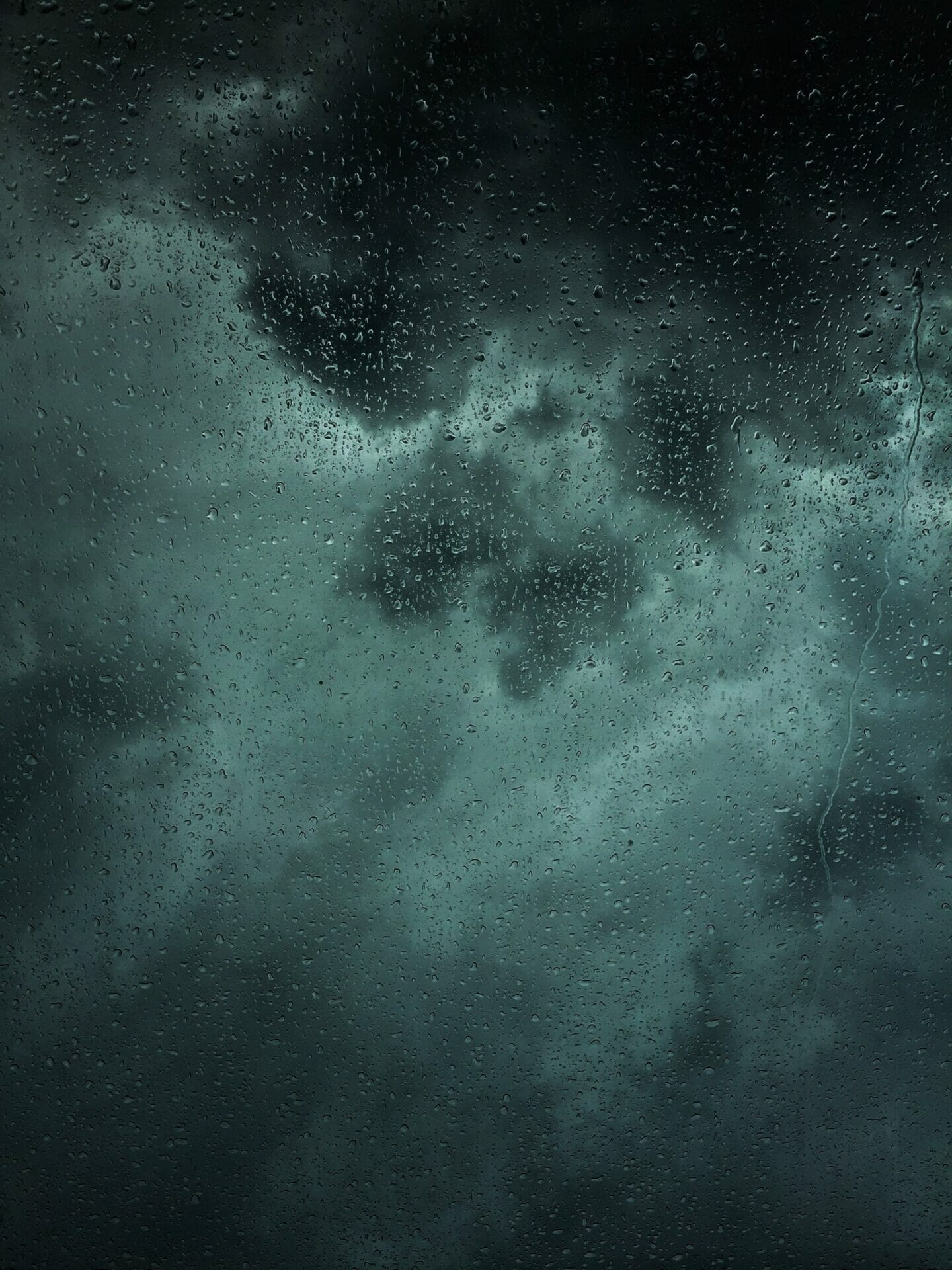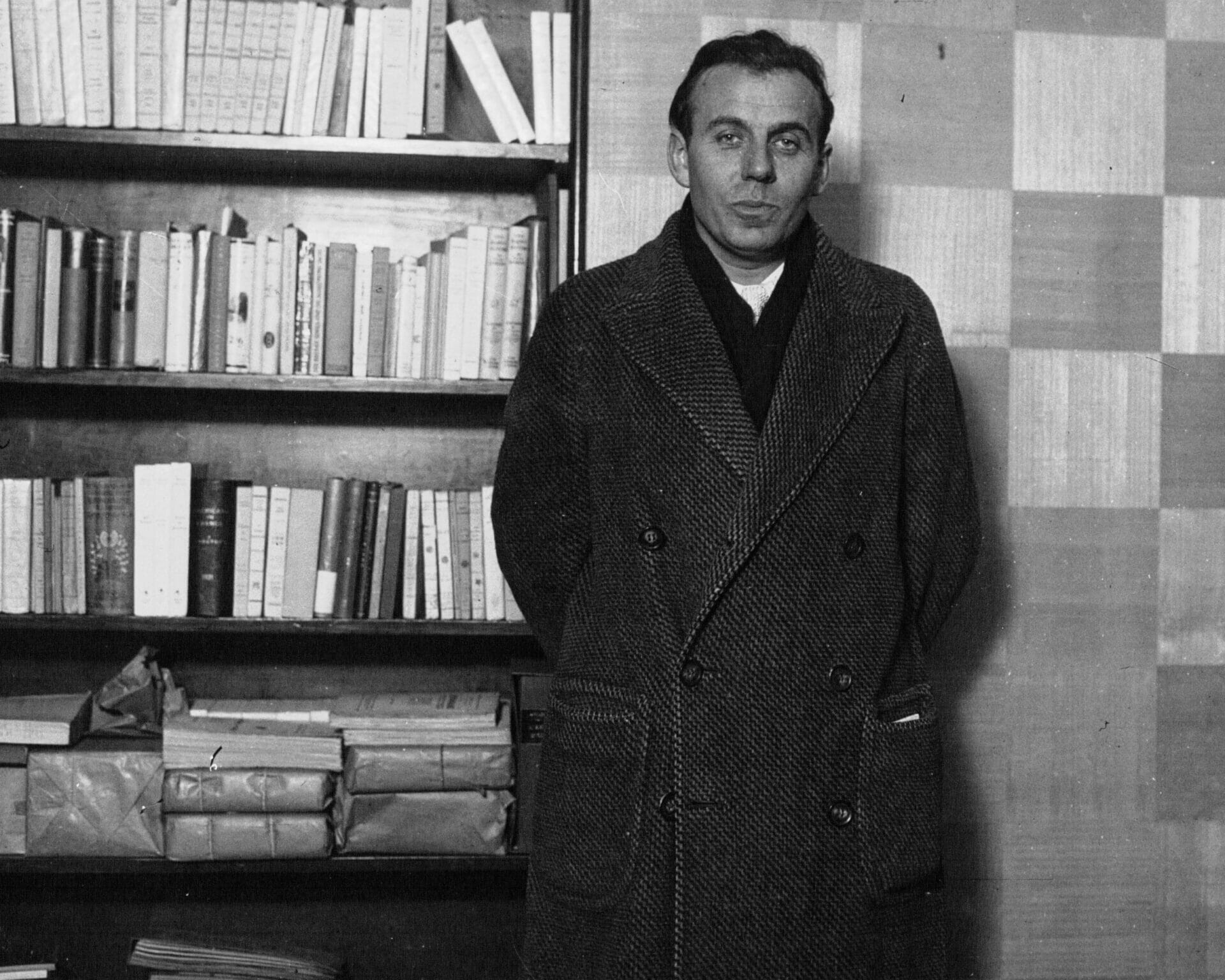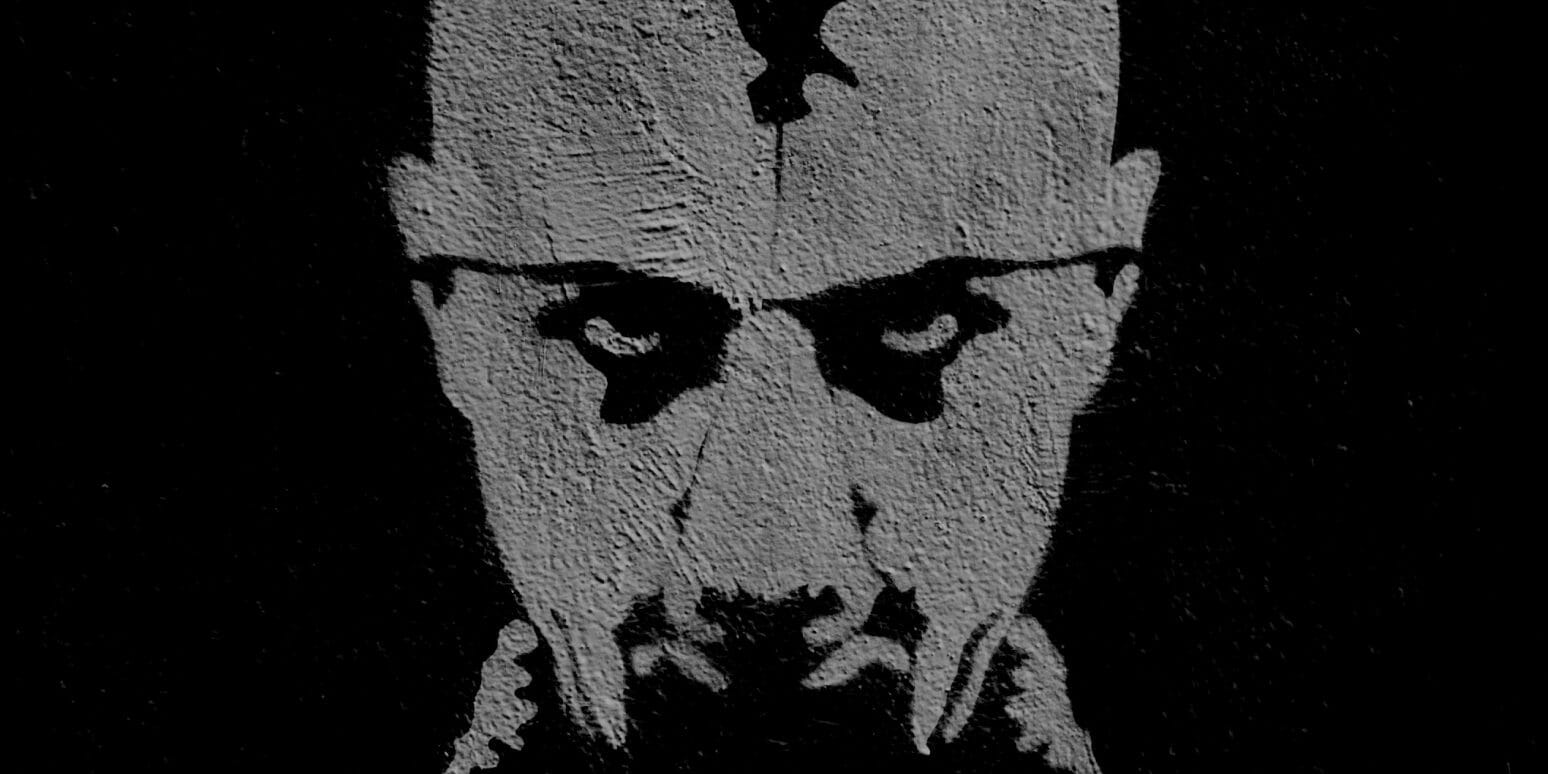
Journey to the End of the Night | Wandering in an unsettled life
Author
Format
Length
Original language
Travel is useful, it exercises the imagination. All the rest is disappointment and fatigue. Our journey is entirely imaginary. That is its strength. […] You just have to close your eyes. It’s on the other side of life.
These opening lines of Journey to the End of the Night give an introduction to this autobiographical fiction, and they also summarize what the story is about and Louis-Ferdinand Céline‘s conception of life. The writer enrolled as a volunteer for the French army in 1912; war scarred him for life, influencing his creations. Afflicted by existential angst, he will always have a vision of life full of pessimism, cynicism, and misanthropy. All his works tangle hate with love, given from his compassion for those who suffer. Thus, Journey to the End of the Night turns out to be the story and the thoughts of a man wandering in an unsettled life. A gloomy, nihilist exploration of human nature and everyday sufferance.
Winner of the Prix Renaudot and Prix Goncourt in 1932, the novel had been disregarded for years due to its author’s affinity with Vichy France and Nazism. Céline wrote some pamphlets in which a vein of distinct antisemitism came out. He never declared himself as a fascist and didn’t appreciate Philippe Pétain, Vichy France’s President, but his political views remained ambivalent. After the war, he declared his pamphlets were just black humour and that he just wanted to preserve French and Aryan. Nowadays Journey to the End of the Night is considered a masterpiece in European literature. In 2003 The Guardian ranked it 51st in The 100 greatest novels of all time.
Wandering and searching for meaning in life
Journey to the End of the Night‘s main character has a lot in common with his author. The protagonist is Ferdinand Bardamu, whose name is not by chance the same as Céline’s. He studies medicine in Paris, but during an excess of zeal, he enrolls as a volunteer for World War One. On the battlefield, he meets Léon Robinson, an army reservist who will become a steady presence in his life. They both feel disappointed, finding out war has no sense and follows no ideal. Together they escape.

After he receives a médaille militaire, Ferdinand spends his convalescent leave in Paris. There he meets an American nurse, the first of many women who will cross his life. After he suffers a nervous breakdown, Ferdinand spends some time in a psychiatric institute. Army doctors decree he is psychologically unfit for the military and so begins his voyage, without a real destination. The only aim is not clear even for the traveler: finding meaning in life, and a place where he can feel good.
Abandonment of high language
Besides the content, the literary form and the language used by Céline made Journey to the End of the Night famous. His writing style is far from elegant: it reflects more an accumulation of thoughts, with short sentences and ellipsis. This technique reflects the protagonist’s restlessness.
The language is not cultured, too: the original version is not really French, but argot. It is a sort of cryptic dialect originally spoken by criminals and working classes. There is not only one argot, but it is rather a kind of code language. Different social classes used to speak a different kind of argot to strengthen a sense of belonging and not be understood by others. For this reason, Journey to the End of the Night was very difficult to translate, too; for example, the Italian translator chose to use Piedmont’s old dialect, creating the same sense of popular and cryptic.
A novel about a restless century
Ferdinand’s voyage has nothing in common with other travel adventures such as The Tale of the Unknown Island (José Saramago, 1997). While in the latter there’s a lure to adventure as discover of the unknown, the former one is an escape. He goes on moving, visits different countries, and leaves before he can really settle and grow fond of people or places. More than embarking on a real voyage, he is wandering in an unsettled life, looking for a place he is not ready to find yet.
For those reasons, Journey to the End of the Night is a book mirroring the 20th century and its contrasts. Popular language melts with high culture, creating a text in which argot and spoken language coexist with figures of speech typical of literature, such as ellipsis and hyperboles. Moreover, new literary forms, such as stream of consciousness and the simultaneous presence of different voices in the same narrator, are employed to fully express the feeling of inquietude which already characterizes romantic masterpieces. An inquietude suddenly renewed by the ghosts of war, nervous breakdowns, and a world that changes too fast. A world populated by lost humanity wandering in an unsettled life, in search of a world they can’t recognize anymore.
Tag
Buy a ☕ for Hypercritic










